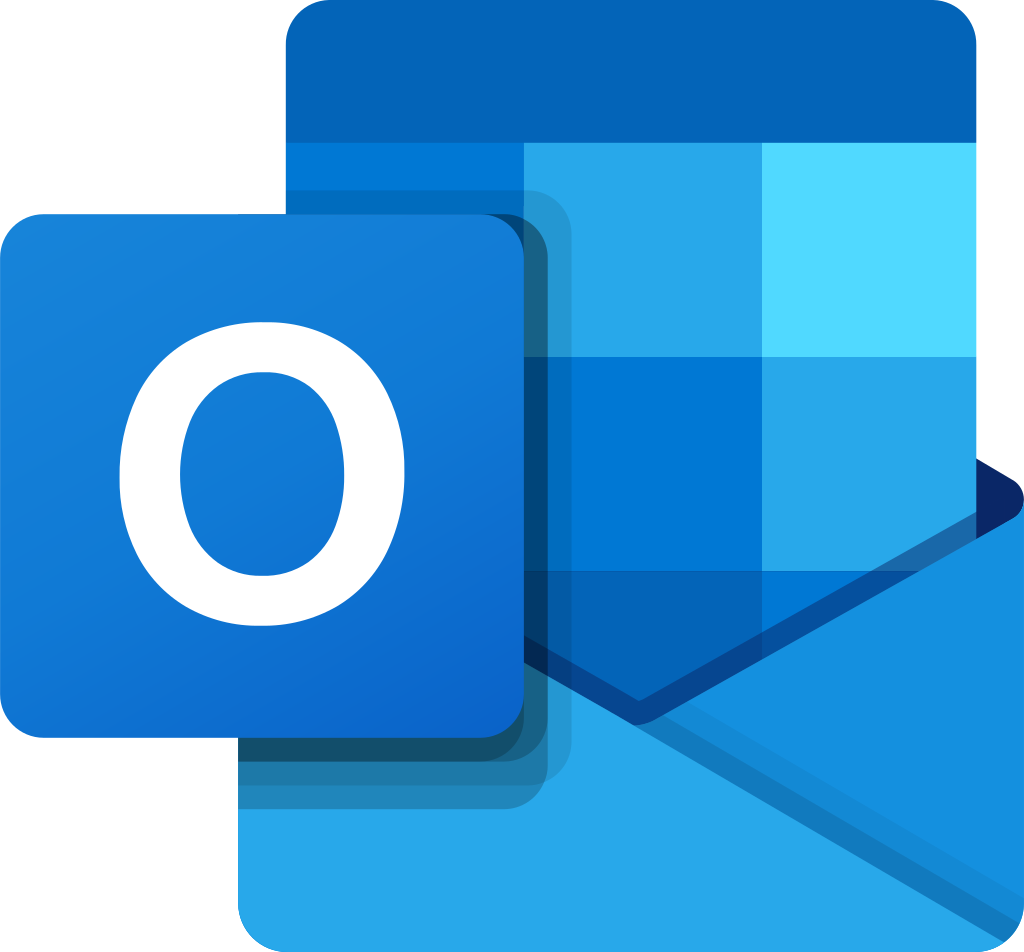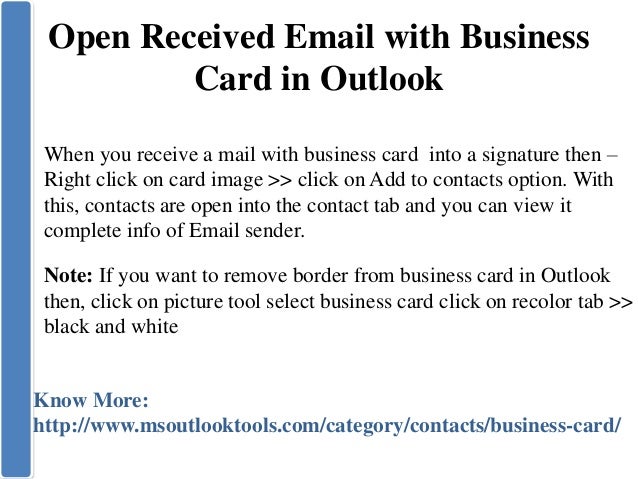

Plans also include apps like Microsoft Publisher, Teams, Exchange, and SharePoint, and more apps and security come standard as you upgrade to higher tiers.

However, you need to subscribe to the Standard Plan to download software for Office 365 apps. Microsoft 365 business plans all include access to the web and mobile versions of Outlook, including the ability to work offline and sync changes later. Microsoft 365 Pricing & Plan Features for Outlook Even as a solopreneur, opting for a business plan is likely better as it positions your business to scale. However, those planning to deploy Outlook for business email organization-wide, work collaboratively with other team members, or want to use Microsoft Teams should opt for a business account. Subscribing to the home plan ($99.99 per year or $9.99 paid monthly) may be sufficient for solopreneurs. There are two main categories for Microsoft 365: home and business. In addition to Outlook, this gives you access to essentials like Microsoft Word, Excel, and PowerPoint, team chat, webinars, and video conferencing with Microsoft Teams. To use Outlook business email software, you need to subscribe to a Microsoft 365 plan (formerly Office 365). How Much Outlook Business Email Plans Cost If you’re still undecided, learn more about these and other alternatives in our article on the best business email providers. Best Alternatives to Outlook for Business Email Below you’ll find our top picks for the best alternatives to Outlook for business email.
MICROSOFT OUTLOOK BUSINESS PRICING HOW TO
To understand how to choose the best one for your business, learn more about what business email is and why you need it. Plus, it’s billed per user, whereas with companies like Bluehost you can create unlimited email accounts in shared hosting plans starting well under $6 per month. Outlook also isn’t the cheapest option-IONOS business email plans start at $1 per month. If you don’t need an office productivity suite, both Microsoft 365 and Google Workspace might be overkill. If your team works collaboratively, Gmail and Google Workspace will be the better option as team members can work simultaneously in these types of files-something you can’t do with Microsoft’s office suite. While you can share calendars and inboxes, collaboration on other types of files (e.g., spreadsheets, slideshows, and documents) can be challenging. Read our comprehensive Gmail vs Outlook comparison to learn more. However, Gmail lacks a lot of features that come standard with Microsoft Outlook, though some can be manually installed through Gmail extensions. Outlook isn’t quite as beginner-friendly as top rival business email rival Gmail, partly due to the sheer number of features available.

Example of building a workflow with Power Automate (Source: Microsoft)


 0 kommentar(er)
0 kommentar(er)
